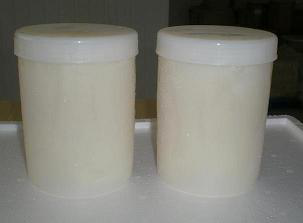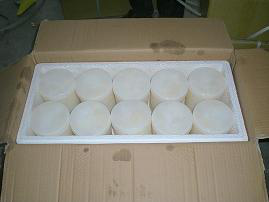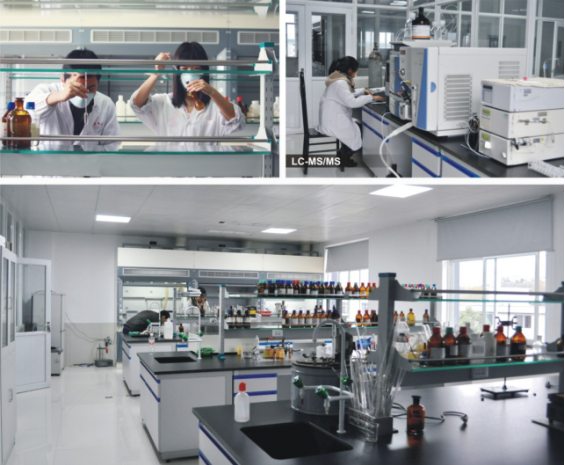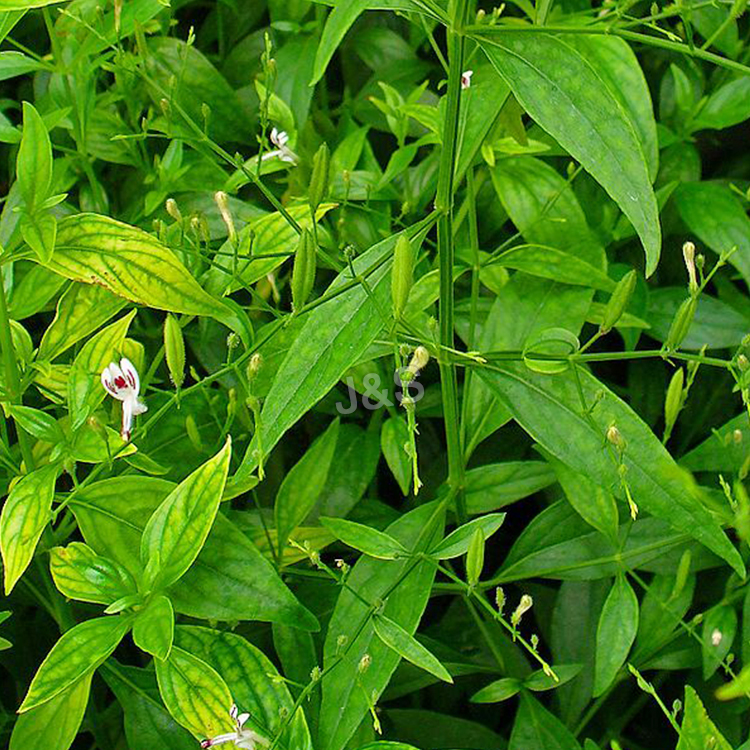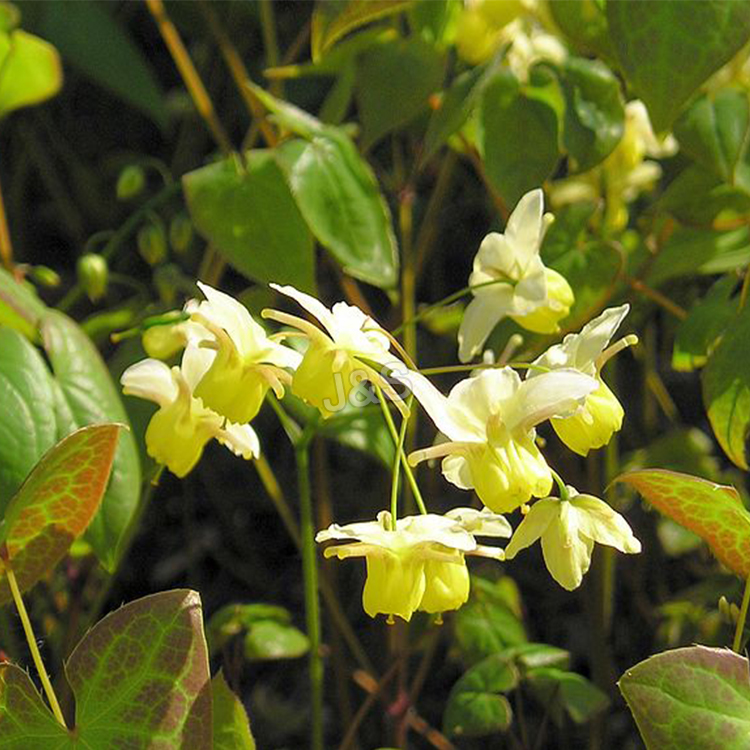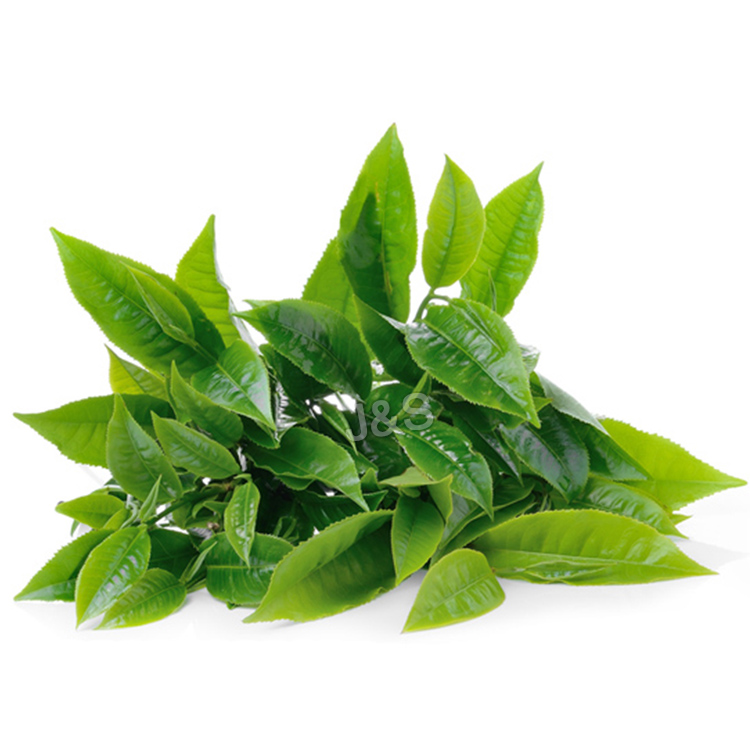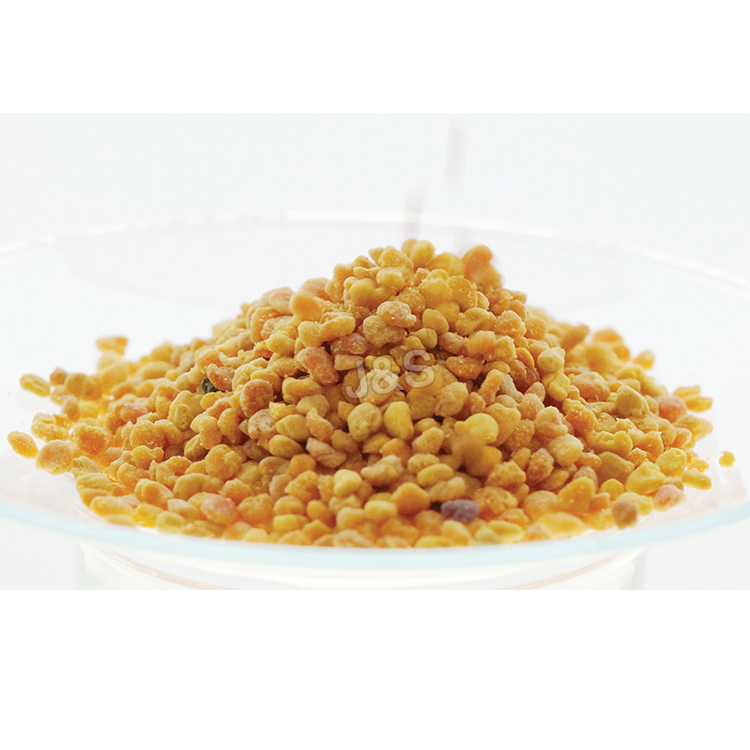China Professional Supplier Organic Fresh royal jelly Wholesale to Nairobi
China Professional Supplier Organic Fresh royal jelly Wholesale to Nairobi Detail:
[Products Name] Fresh royal jelly, organic fresh royal jelly
[Specification] 10-HDA 1.4%, 1.6%, 1.8%, 2.0% HPLC
[Gerneral feature]
1. Low antibiotics, Chloramphenicol< 0.1ppb
2.Organic certified by ECOCERT, according to EOS & NOP organic standard;
3.100% pure natural frozen fresh royal jelly
4.Can be easily produced into soft capsules.
[Our advantages]
- 600 bee farmers, 150 units of bee-feeding groups located in natural mountains;
- Organic certificated by ECOCERT;
- NON-antibiotics, widely exported to Europe;
- Health Certificate, Sanitary Certificate and Quality Certificate are available.
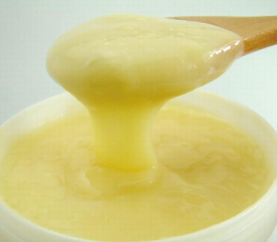
[Packing]
1kg in plastic jar, with 10 jars per carton.
5kg in a aluminum foil bag, 10kgs per carton.
Also we can pack as customer’s requirement.
[Transportation]
If quantity ordered is low we can transport by air,
If above 4,000kg, by sea, one 20 foot refrigerated container.
[Storage]

[What is royal jelly]
Fresh royal jelly is the concentrated super food responsible for turning an ordinary worker bee into a queen bee. The queen bee is 50% larger than a worker bee and lives for up to 4 to 5 years with worker bees living through only one season.
Fresh royal jelly, along with bee pollen, propolis and honey, contains a natural source of nutrients, which the body needs to maintain good health. Athletes and other people report increased stamina and general well being, after two weeks supplementing their diets.
Main indices of physical and chemic in fresh royal jelly
|
Ingredients Indices |
Fresh royal jelly |
Standards |
Results |
|
Ash |
1.018 |
<1.5 |
Complies |
|
Water |
65.00% |
<69% |
Complies |
|
Glucose |
11.79% |
<15% |
Complies |
|
Water-solubility protein |
4.65% |
<11% |
Complies |
|
10-HDA |
1.95% |
>1.4% |
Complies |
|
Acidity |
32.1 |
30-53 |
Complies |
[Quality control]
Traceability record
GMP standard production
Advanced inspection equipment
[Benefits]
The benefits of Royal Jelly and other hive products are no longer treated as folk medicines. Royal jelly has been found to be helpful in the following areas:
1) Tones and strengthens skin
2) Relieves weak and tired eyes
3) Combats the aging process
4) Improves memory
5) Aiding restful sleep
6) Helps against impotence in men and infertility in women
7) It is an antibacterial and may help to prevent leukemia
8) Has a yeast-inhibiting function, preventing conditions such as
thrush and athlete’s foot
9) Contains the male testosterone, which may increase libido
10) Can help treat muscular dystrophy
11) Improves resistance to allergies
12) Controls cholesterol levels
13) Boosts the body’s resistance to the harmful side effects of
chemotherapy and radiotherapy
14) Helps treat skin problems, including eczema, psoriasis and acne
15) Combined with Pantothenic acid, royal jelly provides relief from
the symptoms of arthritis.
Product detail pictures:

Related Product Guide:
Our advancement depends over the highly developed devices, excellent talents and continually strengthened technology forces for China Professional Supplier Organic Fresh royal jelly Wholesale to Nairobi , The product will supply to all over the world, such as: Pakistan, Algeria, Swedish, Profession, Devoting are always fundamental to our mission. We've got always been in line with serving customers, creating value management objectives and adhering to the sincerity, dedication, persistent management idea.
Email me at kgahern@davincipress.com
Friend me on Facebook at kevin.g.ahern
1. Replacement of the hydrogen on the hydroxyl of an anomeric carbon by any other atom creates a glycoside. The bond is referred to as a glycosidic bond. Many carbohydrates containing multiple sugar units have glycosidic bonds. Sucrose (glucose + fructose) has a glycosidic bond joining the two sugars, as does lactose (glucose + galactose). Carbohydrates with two sugars are known as disaccharides. Sugars that are not glycosides can change readily from alpha to beta, but glycosides are locked in the configuration they were in when the hydrogen was replaced from the hydroxyl group of the anomeric carbon.
2. As we get older, we tend to make less of the enzyme known as lactase. Lactase breaks down lactose into glucose and galactose. If lactase is absent or deficient, lactose makes it into the intestine where bacteria break it down and creat a large amount of gas and cause considerable pain.
3. Polymers of sugars create polysaccharides. Amylose is a polysaccharide of plants that consists of glucose units linked solely in alpha-1,4 linkages. Glycogen is a storage polysaccharride of animals that contains glucose units linked in alpha1,4 linkages and every ten residues or so, there is a 1,6 branch to a new chain of glucose. Glycogen is therefore very branched. Amylopectin is a polysaccharide of plants that also is a glucose polymer with alpha 1,4 linkages and alpha 1,6 branches, but the branches are not nearly as frequent as in glycogen. Starch is a mixture of amylose and amylopectin.
4. Cellulose is a polymer of glucose, but instead of having units linked alpha 1,4, cellulose has the units linked beta 1,4. Most animals cannot digest cellulose and thus cannot derive energy from it. Since cellulose is a component of plant cell walls, much energy is lost as a result.
5. Ruminant animals, such as cows, have bacteria in their rumens (specialized stomachs) that contain the enzyme cellulase. Cellulase can break the beta 1,4 bonds between the glucoses in cellulose and provide energy to cows.
6. Sugars sometime have amino groups attached to them.
7. Proteoglycans are carbohydrates attached to proteins. The sugars in the carbohydrates are chemically altered to have a negative charge and the ngeative charges repel each other and give solutions containing them a slimy feel. They are found in hyaluronan (a compound of synovial fluid of our joints) and in mucus.
8. Glycoproteins are proteins that have small oligosaccharides attached to them. Some of them provide cellular identity for blood types.
Highlights Energy
1. The free energy of a reaction (Delta G) is the energy that is available for (or required for) doing things in cells (catalyzing reactions, doing work, etc.). By examining the free energy change that occurs in a reaction, one can determine if a reaction is favorable (go forward) or not favorable (go backward). Favorable reactions have Delta G values that are negative (also called exergonic reactions). Unfavorable reactions have Delta G values that are positive (also called endergonic reactions). When the Delta G for a reaction is zero, a reaction is said to be at equilibrium. Equilibrium does NOT mean equal concentrations.
2. For a reaction A = B (note that all reactions are theoretically reversible. I use the symbol = to indicate a reversible reaction), if the Delta G is negative, the forward reaction (A – B) is favored. If the Delta G is positive, the reverse reaction (B -A) is favored. If the Delta G is zero, there is no net change in A and B, as the system is at equilibrium.
3. The Delta G for the reaction A= B can be calculated from
Delta G = DeltaGzero + RTln ([B]/[A]). I will simplify this for our class to the following form:
Delta G = DeltaGzero + RTln ([Products]/[Reactants])
4. Note that if [Products] are more than [Reactants], the ln term is POSITIVE. If the [Products] are less than [Reactants], the ln term is NEGATIVE. If the [Products] = [Reactants], the ln term is ZERO.
5. DeltaGzero is a constant that has a specific value for each reaction.
Susumu Yokota presents, 1998, Ambient Electronic
Speaking of this cooperation with the Chinese manufacturer, I just want to say"well dodne", we are very satisfied.


